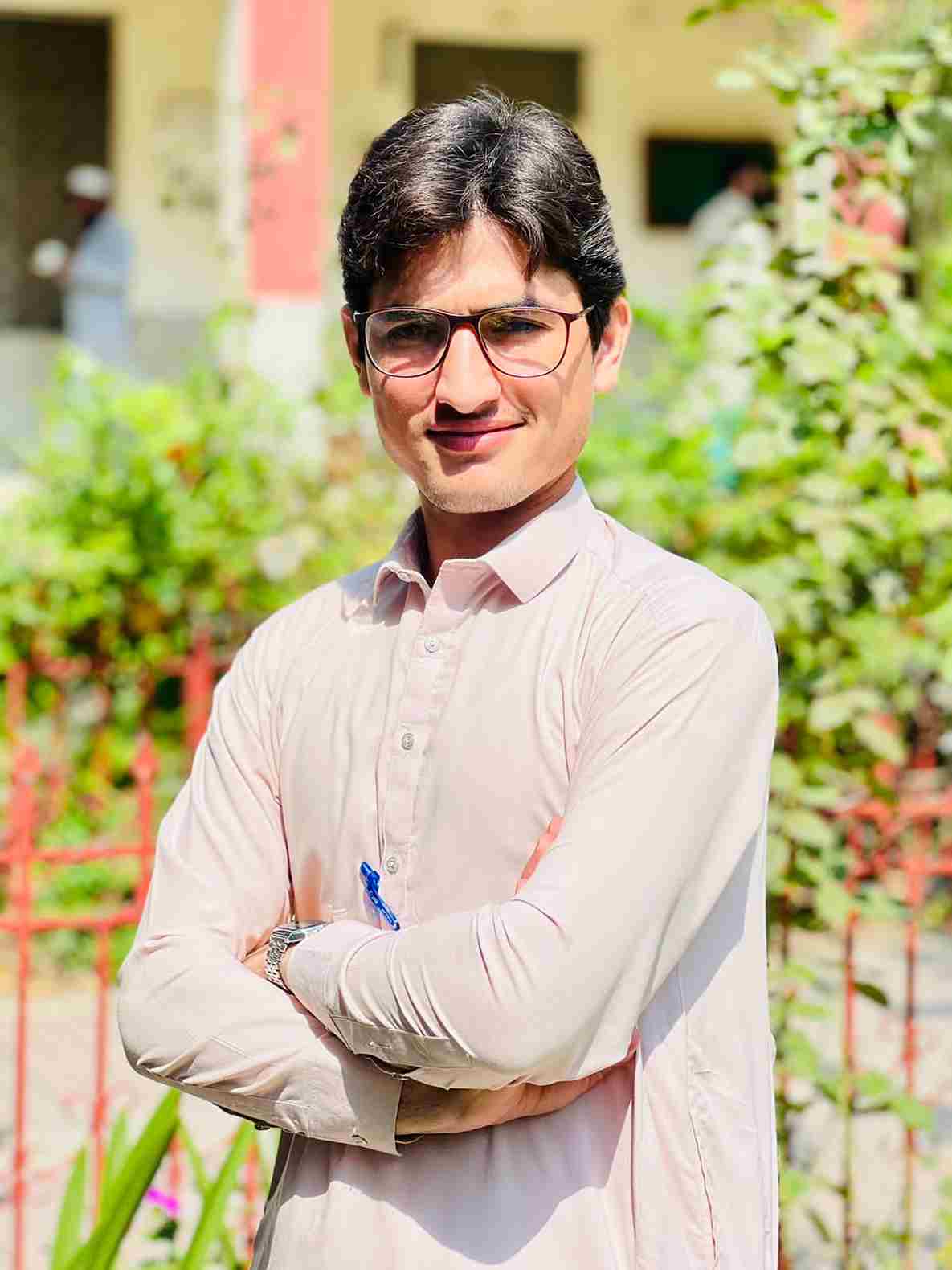Length: 278 pages
Publisher: Jonathan Cape Ltd
Author: Bamber Gascoigne
It’s said that history forgets those who forget history but I reckon history is even more cruel to those who are taught distorted history. And that’s what happened to us as a nation.
Bamber Gascoigne, a British historian and television presenter, has untangled some of the lesser-known aspects of Mughal history in his book, which is not much of a novel for history students tho, but surely new for those who have, over time, relied on official narratives, which overly glorify the Mughal Empire.
Overall, the book depicts a unique picture of the way of life of India’s most flamboyant rulers, their sublime palaces, their passion for art, science, and religion, and their sophisticated administration system that stabilised the greater part of India.
From Babur to Aurangzeb, the important aspects of the emperors’ lives and their reigns are presented with impressive details and in an organised manner. Some things which I want to share with you in layman’s terms that will give you a clue.
Babur, who laid the foundation stone of the Mughal dynasty, was a talented administrator and military strategist. Interestingly, his autobiography has more fame than the autobiography of any other ruler. His son, Humayun, however, is a much less powerful character than his father or his immediate descendants. In the battlefield and for the defence of his empire, especially, he had no concept of long-term strategy.
The most prominent of the Mughal emperors, Akbar’s reign was dominated by his appeasement policies towards non Muslims, religious toleration and cooperation as a state policy. About Jahangir, it was believed that he was not only the most addicted of the reigning emperors, but he also had the weakness of being so easily influenced by others. That’s the reason why over time, his beloved wife Nur Jahan used to pull the strings from behind the scenes. The planner of the world’s eighth wonder, the Taj Mahal, Emperor Shah Jahan had a deep fascination for Architecture and jewels from a very early age. However, Aurangzeb, unlike his father, seemed more interested in suppressing the majority population of Hindus by turning them into second-class citizens. And consolidated undilible marks of bigotry with his name in India even centuries after his death.
Though it would be exaggerated to claim that Bamber Gascoigne’s work would make you flip through the pages of the book and get immersed in it, it surely is one of the highly ranked ones to me. It’s the product of an intensive research of books gained from his visits to so many libraries and museums in India, Pakistan, Russia and the UK.
I value it more because I have read the autobiographies of Babur and Humayun, but the hierarchy and organisation Bamber maintains with impressive and convincing details from a third-party eye makes it a really interesting read. One more thing, the reviewers have highly admired the attached historical photographs, maybe you find that part eye-catching, though I didn’t.
Having said all that, I am compelled to say that the writer has given just a superficial account of the disparate situation of ordinary people. It seems he had ignored the lives of Mughal subjects just like their emperors, who left their own people deserted.
If you want to study Mughal history, it could be a proper beginning for you, give it a read.


